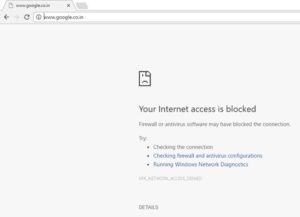
These threats aren't limited to the Windows operating system itself. Cylance discovered that these pings could be redirected from the legitimate HTTP destination to a rogue SMB server, enabling the attacker to swipe those valuable user logins. Windows regularly issues automated "pings" via HTTP/HTTPS authentication for availability of updates and other routine background tasks. This past April, cybersecurity firm Cylance revealed they'd uncovered a potentially devastating new dimension to Redirect to SMB-which requires no additional trigger action on the part of the victim. Redirect to SMB 2.0: Self-Service Cyber-Attacks This would cause the victim's computer to directly link to the attacker's server via Server Message Block protocol (SMB), which would render the victim's computer under the attacker's control, and ultimately allow access to the victim's entire login credentials-usernames and passwords-for every protected business or personal account on the Internet. The original basis of Redirect to SMB was frighteningly simple: A victim simply needed to be duped into clicking on a URL (in a phony website or malicious email) that began with file:// rather than the usual (e.g., file://12.34.567.89 or file://).

CYLANCE ANTIVIRUS BLOCKING ADOBE WINDOWS 8
While “Win10” finally addresses those annoying shortcomings of its predecessor Windows 8 ( as we've discussed), it still hasn't corrected a dangerous security flaw known in cybersecurity circles as Redirect to SMB-a hidden vulnerability which has plagued all versions of Windows since 1997. The big news out of Microsoft over the past couple of months is the much-ballyhooed release of Windows 10. The “Redirect to SMB” Bug: New Windows, Same Danger


 0 kommentar(er)
0 kommentar(er)
